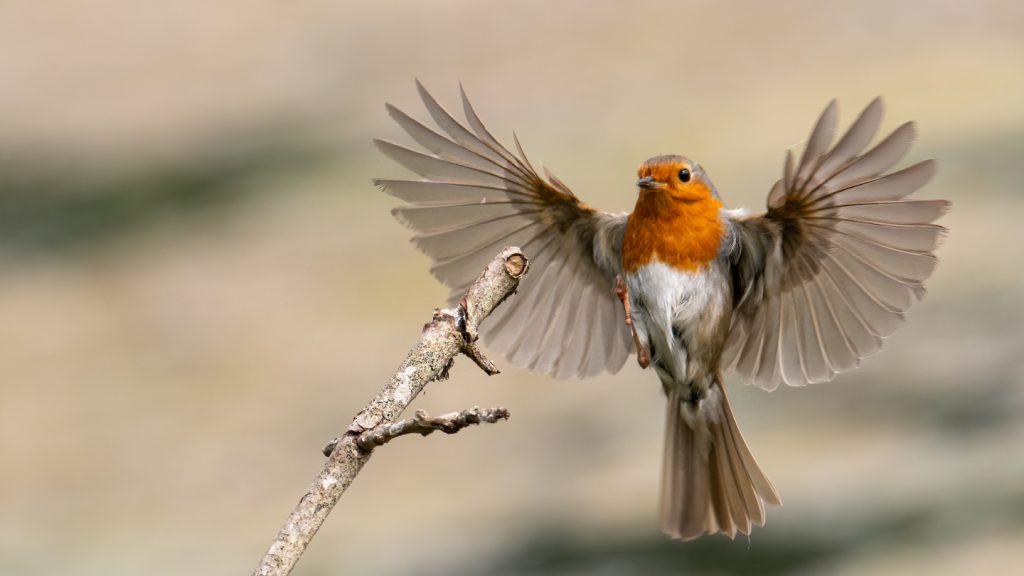Birds have a remarkable ability to navigate using a variety of sensory cues, including landmarks, the sun, stars, and even Earth’s magnetic field. Recent studies have suggested that proteins in the retina, called cryptochromes, play a role in allowing birds to detect and “see” Earth’s magnetic field. Iron-rich cells in the beak have also been suspected to act as internal compasses for birds’ navigation. Lab tests on migratory robins have shown that cryptochromes are particularly responsive to magnetic fields.
Researchers have found that birds can sense small changes in air pressure, allowing them to navigate with remarkable accuracy. Birds are also able to “see” polarized light, enhancing their ability to navigate in the environment. Studies conducted at the State University of New York at Stony Brook involved attaching small coils around the heads of homing pigeons and altering the applied magnetic field to change the orientation of the birds’ flight. These findings shed light on the complex sensory mechanisms that birds utilize for navigation.
The ability of birds to navigate using a combination of visual, olfactory, and magnetic cues has long fascinated scientists. While the role of cryptochromes in detecting Earth’s magnetic field is still being unraveled, studies have shown that these proteins play a crucial role in the navigation abilities of migratory birds. Understanding how birds use sensory information to navigate can provide valuable insights into the evolution of these mechanisms and may have applications in the field of biomimicry.
The research into birds’ magnetic sense has highlighted the importance of cryptochromes as key proteins in allowing birds to perceive and respond to Earth’s magnetic field. The responsive nature of these proteins in migratory robins suggests a specialized adaptation for long-distance navigation. By studying the molecular and cellular mechanisms involved in birds’ navigation, scientists can gain a deeper understanding of the complex sensory systems at play in the animal kingdom.
Maria Temming, the assistant managing editor at Science News Explores, has a background in physics and science writing. Her work on physical sciences at Science News has contributed to the understanding of complex scientific concepts for a broader audience. Through her expertise and passion for science journalism, she continues to support the dissemination of scientific knowledge and the importance of science literacy in society.
Science News and the Society for Science are dedicated to promoting scientific understanding and literacy. By subscribing to Science News and contributing to science journalism, readers can support the dissemination of important scientific discoveries and advancements. It is crucial to strengthen science communication and ensure that scientific knowledge informs societal decisions for a more informed and knowledgeable future.


